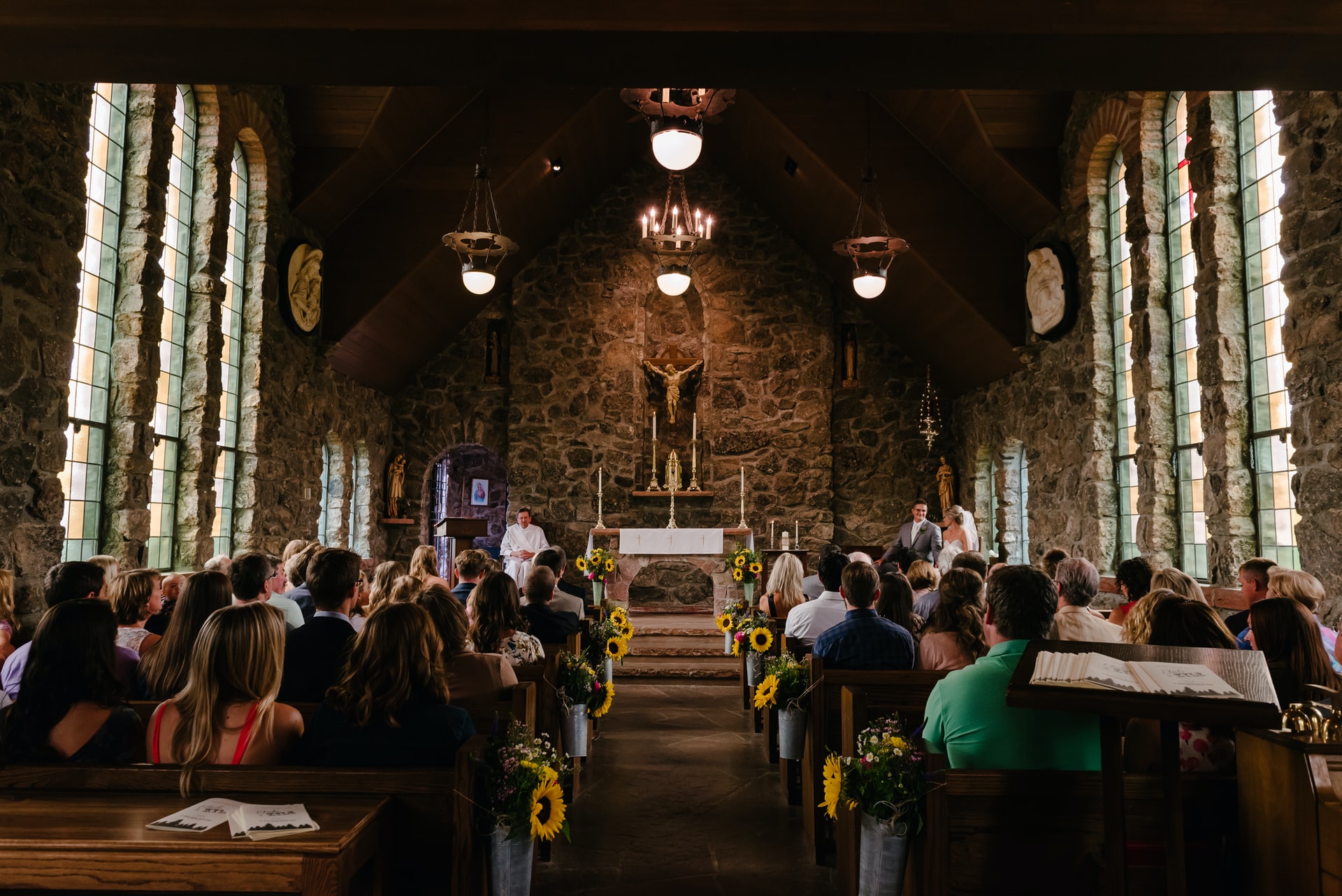
Late nineteenth-century British society was somewhat busied with the existence of ghosts. Invoking spirits at séances was a preferred activity, with the ventures of some fortune-tellers, such as the tool Henry Slade, the fodder of press gossip and celebrity. Communicating with spirits became of deep rate of interest to some researchers, consisting of the physicist William Crookes and the naturalist Alfred Russel Wallace, who disputed their peers about aberrant physical phenomena and whether specific observations validated the reality of spirits or not.
Speaking boards, likewise referred to as Ouija boards, automated writing, knot-tying, levitation and other experiments made to prove the disturbance of spirits with the real world, flourished in Britain at the end of the century. A number of advocates of the new Fortune-teller motion utilized theoretical proof from nineteenth-century geometry to both justify the reality of their otherworldly explorations as well as to develop approaches with which to participate in transcendent worlds.
The mathematical globe was transformed in 1832 upon uncovering that Euclidean geometry, that classic description of space, in which triangulars have 180 levels and parallel lines reach infinity, was only one feasible description of three-dimensional space. As it ended up several other geometries were feasible. In hyperbolic geometry, the angles of a triangle overall less than 180 levels, and parallel lines deviate at infinity. In elliptic geometry, the angles of a triangle add to greater than 180 levels and all lines intersect. These were several of the nineteenth-century explorations that essentially altered maths, bringing about a new modernist strategy to the discipline.
The discovery of numerous geometries was one of the ideas that result in an essential re-think regarding how room itself can be specified mathematically. In 1854 German mathematician Bernhard Riemann generalized the concept of spatial measurement in his work Ueber die Hypothesen welche der Geometrie zu Grunde liegen. Riemann’s new mathematical interpretation of measurement opened many more opportunities for the description of room, consisting of the opportunity of multidimensional geometries; mathematical descriptions of room greater than three measurements.
From the mid-century onwards, multidimensional geometry and non-Euclidean geometry were disputed, as well as their ramifications upon human experience became of preferred interest. Mathematically specified, yet basically abstract, geometric spaces left plenty of room for mystical or spiritual followers to add brand-new definitions to these concepts. In 1880 the mathematics educator Charles Howard Hinton published an article qualified “What is the Fourth Dimension?” in which he described an approach for imagining and also engaging with the heavenly world specified for him by the mathematical fourth dimension. Exploring this world held a certain ethical passion for Hinton, that chose the psychological self-control that envisioning the fourth dimension would demand.
Hinton developed a technique of visualization that included a psychological tool he called the tesseract. Imagine a dice subdivided into several smaller sized dices, each coded by either a colour or a number. Through a visualization exercise, the “shadows” of four-dimensional objects could be observed as their intersections were imagined to go through the tesseract. By doing this, higher room could be viewed, if incompletely. Hinton additionally increased his fourth-dimensional conjectures in numerous science fiction publications including Scientific Romances (1884-1886) and An Episode on Flatland (1907 ).
The German physicist Karl Zöllner likewise discovered the link between four-dimensional space as well as Spiritualism in several books toward the century’s end. In Transcendental Physics (1878) Zöllner explains séance experiments in which coins are unaccountably moved outside of sealed boxes. If the spiritual dimension overlaps with our own, then could spirits relocate items in our measurement, at their will? Zöllner made use of the geometric job of Riemann and also Karl Gauss to give an academic and clinical reason for his Fortune-teller belief that equally as mathematical objects in the fourth dimension can penetrate the third dimension, spirits can go through our space from their mystical area when they will.
In 1884 the English schoolteacher Edwin Abbott published Flatland: A Romance of Many Dimensions. This book, a social witticism, likewise checks out the mathematical principle of dimensionality. Abbott’s personalities visualize what it could be like for animals of one dimension to connect with creatures of greater or lower measurements. A significant motif is just how differently dimensional animals could view as well as believe in animals of at the same time dimensional globes. Abbott’s book can be checked out as a discourse on science and faith in the Victorian duration, as his personalities are conflicted in between their desire to believe and their want of extensive intellectual explanation, as well as material evidence for their idea. Flatland explains a territory acquainted to nineteenth-century British culture, in which the project of integrating their spirituality with the assimilation of modern scientific (and also mathematical) concept into one holistic worldview was an ongoing as well as common issue.